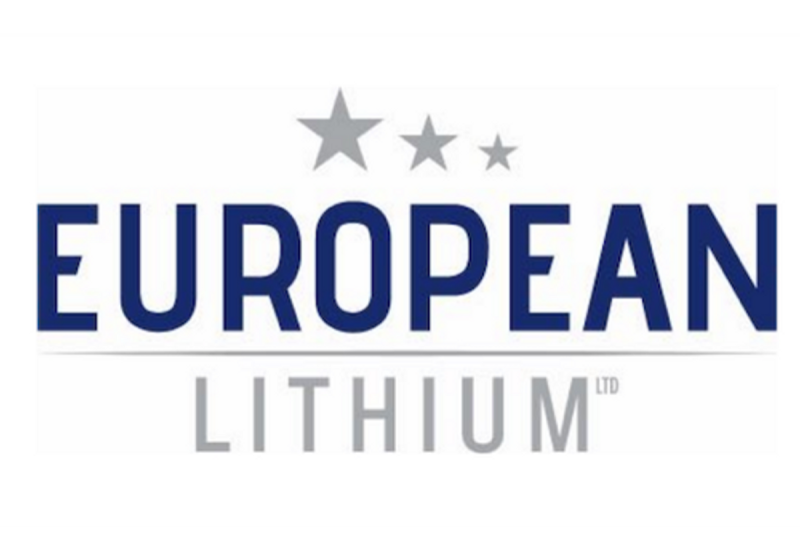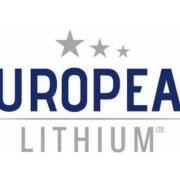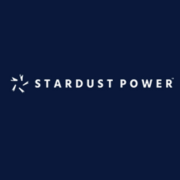
The world’s population continues to grow, and so too does demand for agricultural crops. Not surprisingly, it’s becoming increasingly important for farmers to grow more crops more efficiently.
That’s where potash fertilizers come in — they not only increase food quality, but also boost crop yield. Farmers use various fertilizers to grow crops, but the two most common are sulfate of potash (SOP) and muriate of potash (MOP).
Canada is the world’s top potash producing country by far, with annual output topping 13 million metric tons (MT) in 2023. Russia took the second spot in terms of total potash production at 6.5 million MT, followed by China in third place at 6 million MT.
Investors interested in the global potash fertilizer market should know the difference between SOP and MOP. Read on for a look at their common uses, production methods, and which companies are mining these materials.
In this article
Potash fertilizers: What is muriate of potash?
MOP, or potassium chloride (KCl), is the most commonly employed potash fertilizer. Adding MOP to soil can be beneficial if the soil is low in chloride, helping to build resistance to disease in plants.
There are some disadvantages to muriate of potash fertilizer. For example, if high levels of chloride are present in the soil or if irrigation water is being used to grow crops, adding MOP fertilizer to the soil can create a toxic imbalance in plant nutrients. This means levels of the fertilizer have to be carefully managed, and MOP must only be used for select crops.
MOP fertilizers are used to farm a variety of foods, particularly chloride-loving vegetables such as sugar beets, corn, celery and Swiss chard.
The outlook for the potash fertilizer market as a whole remains positive, although potash prices have eased over the past few years since hitting record highs following Russia’s invasion of Ukraine in February of 2022. Heading in 2025, prices for MOP remain above pre-pandemic levels. One factor that may influence potash prices in 2025 is US President Donald Trump’s tariff threats against both Canada and Mexico.
As for who produces muriate of potash, Nutrien( TSX:NTR,NYSE:NTR), a company formed by the merger of Potash Corporation of Saskatchewan and Agrium, is a major producer of MOP. Due to anticipated future demand for fertilizers that promote crop production and plant growth, many smaller companies have begun exploring and developing their own potash projects.
For example, Highfield Resources (ASX:HFR) is an MOP explorer working to bring its Spain-based Muga potash project into production. Muga is expected to produce more than 1 million MT of MOP per year, with EBITDA coming to around 410 million euros annually once it reaches full production. The project is in the near-term production stage awaiting necessary funding.
Western Potash, a subsidiary of Western Resources (TSX:WRX) and Gensource Potash (TSXV:GSP), has MOP focused projects in Saskatchewan. Companies such as Verde AgriTech (TSX:NPK,OTCQB:AMHPF) and Sage Potash (TSXV:SAGE,OTCQB:SGPTF) are all also involved in the exploration, development and production of MOP fertilizers.
Potash fertilizers: What is sulfate of potash?
Sulfate of potash is a premium-quality potash that contains two key nutrients for growing crops: potassium and sulfur. Using SOP improves both quality and crop yields and makes plants more resilient to drought, frost, insects and even disease. SOP can improve the look and taste of foods and boost a plant’s ability to absorb key nutrients like phosphorus and iron.
Most often, SOP is used on high-value crops like fruits, vegetables, nuts, tea, coffee and tobacco. It works better on crops that are sensitive to chloride, which can be toxic to some fruit and vegetable plants.
SOP is not a naturally occurring mineral, and usually must be produced through chemical methods. Because of the resource-intensive processes used to create it, SOP is priced higher than MOP.
The most common method used to produce the fertilizer SOP is called the Mannheim process. It involves pouring potassium and other raw minerals into a muffle furnace that is heated above 600 degrees Celsius, creating a reaction between potassium chloride and sulfuric acid. Fertilizer produced like this accounts for roughly 50 to 60 percent of global SOP supply.
The second most common way of making SOP, accounting for about 25 to 30 percent of supply, is by reacting potassium chloride with various sulfate salts to form what is called a double salt.
There are also operations that produce this type of potash fertilizer by using salt mixtures from natural brines. This requires brine with high sulfate levels that are typically found in salt lakes. Companies able to use naturally occurring brines include Compass Minerals International (NYSE:CMP), which operates out of Overland Park in Kansas, and Chile’s SQM (NYSE:SQM), which has operations in the Salar de Atacama and is also a major producer of lithium.
There are also smaller potash fertilizer companies that eventually plan to produce SOP, including Agrimin (ASX:AMN), which says its Mackay project in Western Australia will be shovel ready in 2025.
Investor takeaway
Understanding the difference between SOP and MOP is key for investors who want to put money into the fertilizer sector. Potential market participants should also consider the industry’s overall health and outlook, and when it comes to stocks they would do well to consider common factors like jurisdiction, management and finances.
FAQs for potash
What is potash?
Potash is a potassium-rich salt that is formed in underground deposits from evaporated seabeds, where it is then mined. Potassium is considered an essential element for all plants, animals and humans.
The word ‘potash’ is derived from an early production technique where potassium was leached from wood ash and concentrated through evaporation using large iron pots.
What is potash used for?
The vast majority of potash is used in fertilizers to aid in plant growth. A small percentage is used in the manufacturing and production of detergents, ceramics, pharmaceuticals and water conditioners, and as an alternative to de-icing salt.
What is potash fertilizer?
Potash fertilizer is one of the most common forms of fertilizer, and provide a source of potassium to plants. The two most in-demand types of potash fertilizer are MOP (potassium chloride) and SOP.
MOP is more commonly deployed to increase soil health and aid in disease resistance for plants. Crops that use MOP include sugar beets, corn, celery and Swiss chard.
SOP is considered a premium-quality fertilizer as it includes the addition of sulfur. This specialty fertilizer is used on high-value crops such as fruits, vegetables, nuts, tea, coffee and tobacco. SOP improves both quality and crop yields, making plants more resilient to drought, frost, insects and disease.
Securities Disclosure: I, Melissa Pistilli, hold no direct investment interest in any company mentioned in this article.










